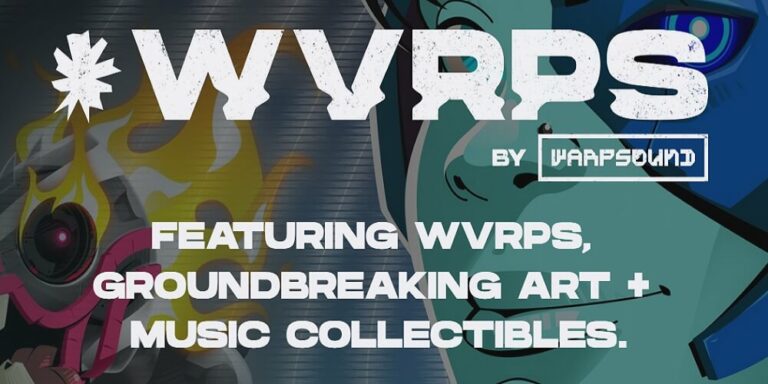ERC-721 Vs ERC-1155 : Benefits And Difference From ERC-721 Standard!
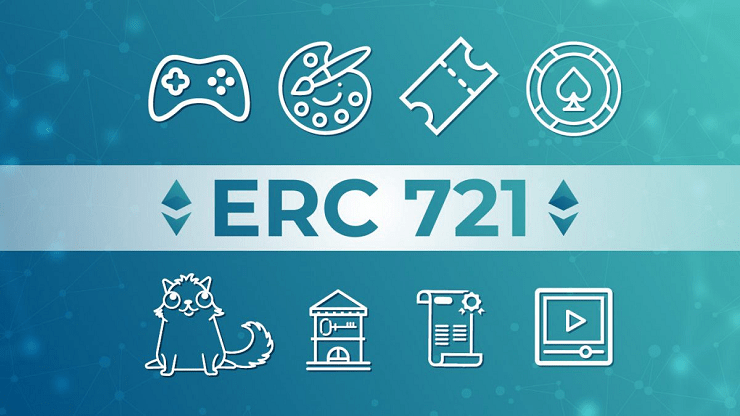
ERC-20, ERC-721, and ERC-1155 are token standards used for deploying smart contracts on a blockchain. These standards include rules or criteria that are needed to be fulfilled for a trade to occur.
These token standards, along with the blockchain, help remove the need for intermediaries and also allow us to keep track of all transactions. ERC-1155 has evolved from ERC-20, and ERC-721 and offers numerous benefits to users.
But before starting, it is vital to know what are fungible and non-fungible tokens along with the different token standards. Below, we break down these questions and provide a comprehensive analysis of ERC-1155.
What Makes Fungible Tokens Different From Non-Fungible Tokens?
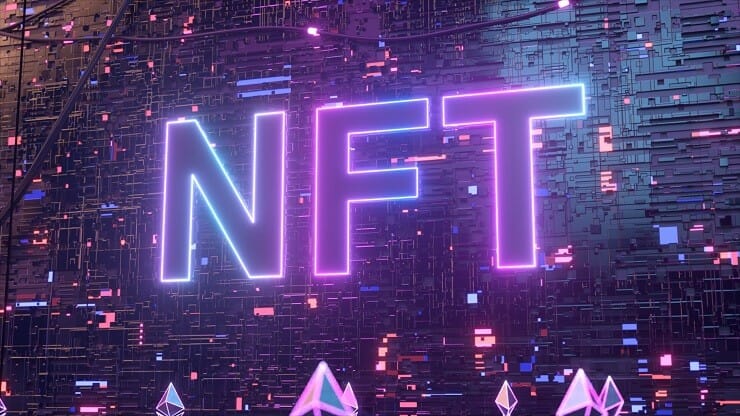
Fungible Tokens Are Not Unique
Fungible tokens are like fiat currencies that are not unique and are interchangeable as well as divisible with another token of the same kind. For instance, 1 dollar is equivalent to another dollar, or 1 bitcoin can be bought in small fractions such as 0.00000002 BTC.
On the Ethereum blockchain, ERC-20 is the token standard for fungible tokens such as cryptocurrencies, in-game character skills, or financial assets. Moreover, an Application Programming Interface or API gets implemented when a fungible token is traded within a Smart Contract.
Non-Fungible Tokens Are One-Of-A-Kind
Non-fungible tokens are unique cryptographic assets that cannot be traded with another token of the same kind. For example, there is only one Mona Lisa and only one “Every day: The First 5000 Days” artwork by Beeple that was sold for $69.3 Million.
Each NFT has its identification code along with metadata such as value, property, or attributes that make them one of a kind. ERC-721 is the standard that enables the trading of Non-fungible tokens such as digital artwork on the blockchain.
Reviewing The ERC 1155 Token Standard
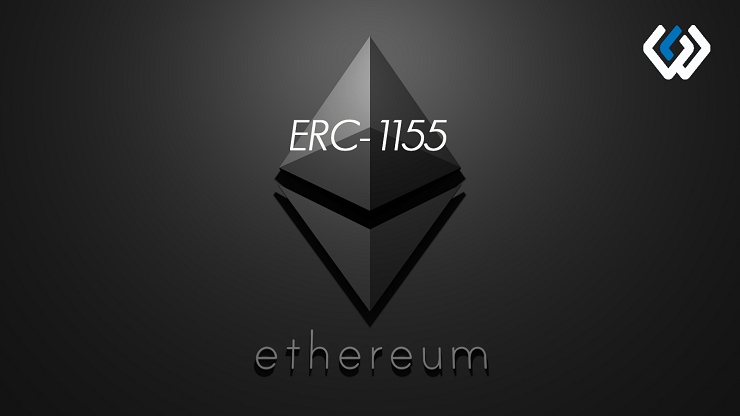
Image Credit: https://medium.com/
ERC-1155 is a multi-token standard made by the Enjin that enables the deployment of smart contracts for fungible, non-fungible, or semi-fungible tokens. Just like ERC-721, ERC-1155 also lets individual tokens possess their metadata or other attributes.
But, ERC-1155 is the next generation of token standards that allows the simultaneous transfer of multiple token types. This is different from ERC-721 and ERC-20, where a separate contract gets deployed for each Non-fungible or fungible token.
As a result, ERC-1155 removes the requirement for approving contracts for tokens separately, thus reducing the cost and time of conducting transactions. Furthermore, atomic swaps or escrow trading of tokens is even possible with ERC1155, and the describing or mixing of different token types within a single contract is also hassle-free.
ERC 721: First Standardized Interface For Creating And Trading NFTs
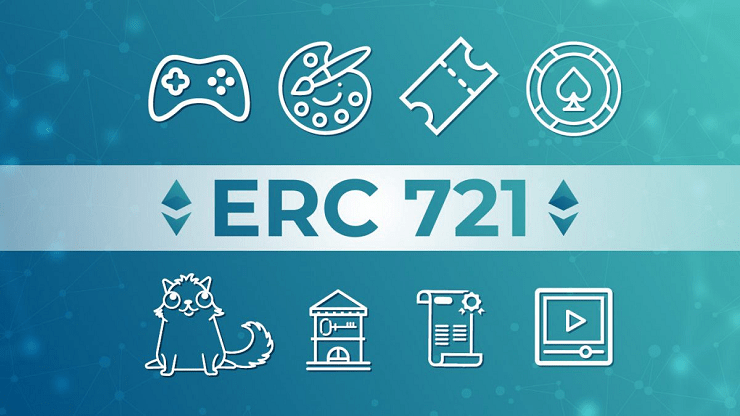
Image Credit: https://morioh.com/
Written in Solidity language, ERC-721 was the first standardized interface made for creating and trading NFTs and is still considered to be the gold standard. Currently, ERC-721 is the most widely used token standard that requires the deployment of single contacts for individual NFTs.
This makes ERC-721 slow and expensive, but on the other hand, also provides the option to customize the preferences of individual NFTs and offers better security. Moreover, minting or trading NFTs with the help of smart contracts on ERC-721 requires the creators to meet strict conditions for conducting a transaction.
Advantages Of ERC-1155
- Now convert and trade semi-fungible tokens
Apart from the standard fungible and non-fungible tokens, ERC-1155 also enables the deployment of semi-fungible tokens. Semi-fungible tokens can be either a fungible token converted into NFT or vice versa. Unlike ERC-20 and ERC-721, the ability of ERC-1155 to convert digital or real-world assets into tokens simultaneously makes it the next-generation of token standard.
- Ability to deploy multiple tokens types in a single smart contract!
In traditional token standards ( ERC-20 and ERC-721) an individual smart contract got implemented for a single non-fungible or fungible token. On the other hand, the ERC-1155 token standard allows users to deploy an infinite amount of token types ( NFT, fungible, and semi) under a single contract.
Furthermore, it also enables massive transfers of tokens in an individual smart contract. By allowing numerous token IDs to group under a single transaction, ERC-1155 allows fast transfer of funds and tokens.
For instance, an ERC-1155 smart contract deployed by an artist consisting of fungible and non-fungible tokens will reduce the impact on the blockchain and helps reduce transaction time.
- Transactions are secured
Smart contracts deployed with ERC-1155 token standards have the feature for inspecting a valid or invalid transaction. If in case the transaction was unable to process, then the feature will ensure the tokens come back in the wallet of the issuer.
Moreover, this feature prevents the transfer of the token to a wrong address and enables secure and hassle-free token transfer. Also, ERC-1155 even logs all the things right from the moment of minting to the burning of a token.
Also read: Cardano Vs Ethereum Vs Solana? Which One Is Best For NFTS? Find Out!
Other Benefits Of ERC-1155
- Low gas fee: Previously, the ERC-721 token standard was notorious for a high gas fee and long transfer time. ERC-1155 standard can help cut gas fees by 90% by deploying an individual contract for different tokens.
- Enhanced DEX (decentralized exchanges) support: Unlike ERC-721, ERC-1155 can be beneficial for decentralized finance. This is because ERC-1155 comes with a built-in code that a DEX can benefit from by fulfilling some aspects of the smart contract.
- Less workload: Filling individual details of an NFT with ERC-721 token standard makes the process monotonous and consumes much more time than needed. Fortunately, ERC-1155 addresses this issue and allows the issuer to input fewer details, thus saving time.
- Dynamic meta-data: The ERC-721 token standard uses static metadata that gets built within a smart contract. Whereas, the ERC-1155 token standard has the ability to maintain innumerable amounts of Uniform Resource Identifier or URI codes.
ERC 1155 VS ERC 721: Which One Is The Future Standard For Tokens?
Although ERC-1155 is quickly gaining popularity due to the low gas fee and transaction time, ERC 721 standard will also not be soon forgotten. The ERC 721 and ERC 20 are perfect for releasing individual non-fungible and fungible tokens, respectively.
Whereas, the ERC 1155 standard is perfect for releasing several tokens at the same time, along with the ability to add fungible and non-fungible tokens in it. The only drawback of ERC-1155 is that it stores less robust information in order to save time and transaction costs.
Therefore, ERC 1155 standard will continue to rise in the future for releasing a collection of tokens, and traditional standards will be perfect for individual tokens.
FAQ
Q: Which is the best wallet for storing ERC-721 or ERC-1115 tokens?
A: Metamask is perfect for users looking for a digital wallet that can be accessed via their browser. On the other hand, Leger is a popular hardware wallet used by users to store information offline.
Q: Who has made the ERC 1155 standard?
The ERC 1155 is developed by Witek Radomski, co-founder of Enjin, to introduce a new token standard for Ethereum-based video game assets.
Myonlinesecurity.co.uk(c).

